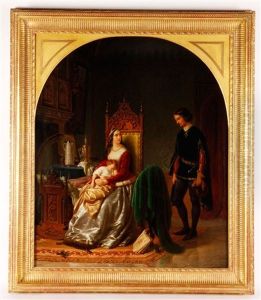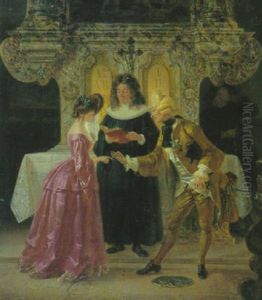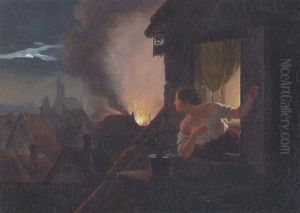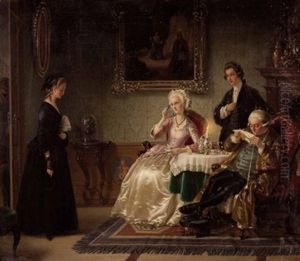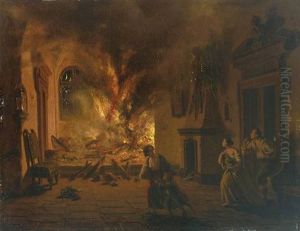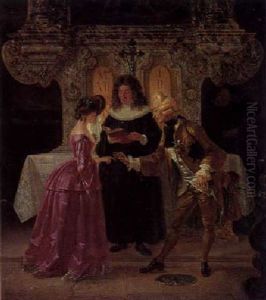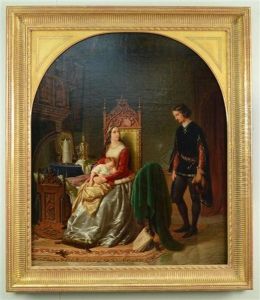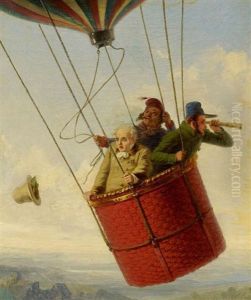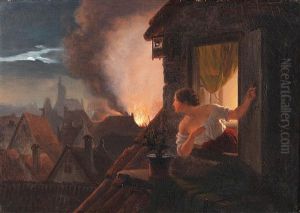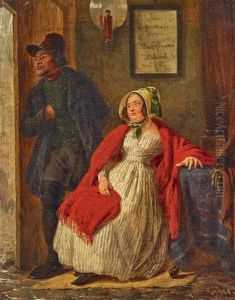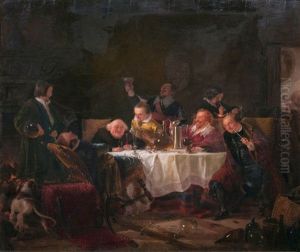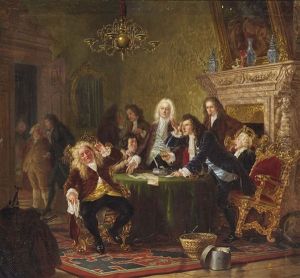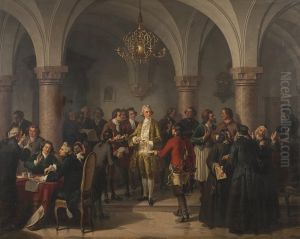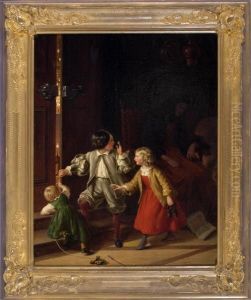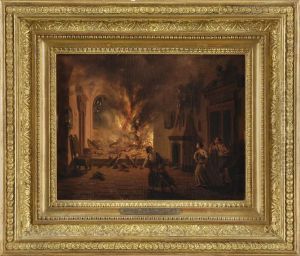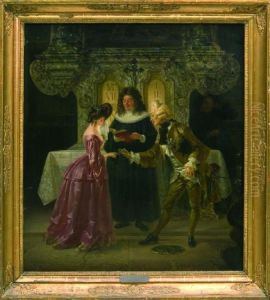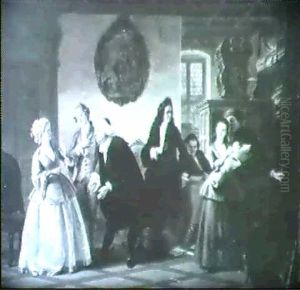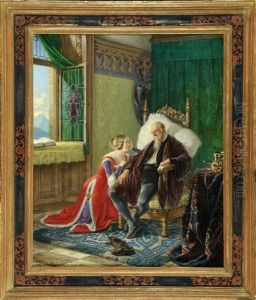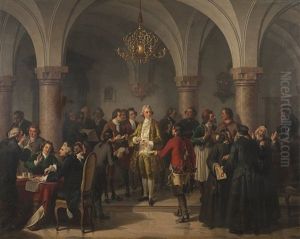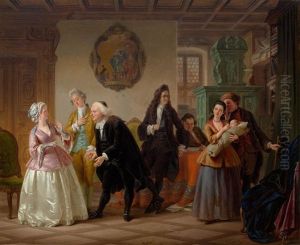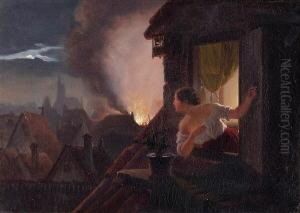Johann Geyer Paintings
Johann Geyer was an Austrian artist known for his contributions to painting and graphic art. Born on September 27, 1921, in Vienna, Austria, Geyer's early life and education were deeply influenced by the rich cultural heritage of his hometown, which has a long-standing tradition in the arts, particularly during the early 20th century.
Geyer's work was primarily influenced by the periods of Expressionism and New Objectivity. Although he did not gain widespread international fame, his works were nonetheless appreciated for their unique style and the emotional depth they conveyed. He studied at the Academy of Fine Arts in Vienna, where he honed his skills and developed a distinct artistic voice that often reflected socio-political themes and the human condition.
During World War II, like many of his contemporaries, Geyer's career was interrupted. The war and its aftermath had a profound impact on him, as they did on many European artists of the time. His experiences during these years would later influence his artistic output, imbuing it with a sense of reflection and often a critique of contemporary society and politics.
After the war, Johann Geyer continued to work and exhibit in Austria. His style evolved over the years, but he remained true to his roots in Expressionism, often characterized by bold colors, dramatic contrasts, and a certain rawness of emotion. He also became known for his graphic art, which included lithographs and etchings, mediums that allowed him to explore textures and lines in a way that complemented his work in painting.
Geyer's contributions to Austrian art were recognized in his homeland, and he was an active member of the Austrian art community throughout his career. He exhibited widely within Austria and also participated in group exhibitions across Europe. His work is included in various public and private collections, serving as a testament to his skill and artistic vision.
Johann Geyer passed away on February 10, 2004, in Vienna. His legacy endures in the Austrian art scene, and his works continue to be studied and appreciated for their emotional intensity and their reflection of the human experience within the context of 20th-century European history.
